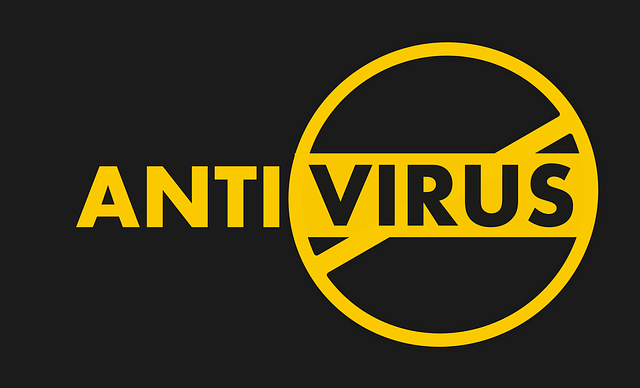Antivirus Software: When One Is Better Than Two
December 7th, 2016 by admin

If your company’s antivirus software is letting you down, you should think twice before installing a second one on a computer: It may actually make things worse.
Multiple antivirus programs working in conjunction on the same device is not a case of “the sum is greater than the parts” but rather “less is more.”
With many viable free solutions like AVG, Avast, and Avira, it can be very tempting to install backup for a paid option. However, the interaction between multiple antivirus programs leads at best to, essentially, nothing. At worst, it will be detrimental to system performance, stability, and security.
Stepping on Toes
The primary reason that running simultaneous antivirus programs on the same device is a bad idea is that the two programs will confuse one another for malware infections and try to eliminate each other. According to PC World, the antivirus scan conflicts can spill out and cause other programs to fail, while making the operating system less stable. Computer users may immediately notice general slowdown and shorter battery life after installing a second antivirus program.
Users may also be plagued with continuous "false alarm" messages after threats have been removed because the act of one antivirus program removing an infection will be seen by the other as a malware action. Therefore, if you’re installing a new antivirus program on a computer, you’ll need to remove the old one first. This includes removing Windows Defender.
Anti-Malware Scanning Software: Antivirus Backup Exists
Backup exists, but it’s not found in additional antivirus programs. Instead, your business can utilize additional programs commonly referred to as “anti-malware” that are specifically designed to catch infections antivirus software misses for improved protection.
The term “antivirus” is a bit misleading because the programs actually protect computers from a wide range of software-based threats on top of viruses including Trojans, rootkits, worms, and ransomware. Antivirus refers to a software security program that runs in the background at all times as an active form of protection. Anti-malware programs including Malwarebytes, SuperAntiSpyware, and Spybot work through “On Demand” scans, meaning they can be used periodically to clean malware infections.
The Recovery Clause
In disaster recovery situations, your IT staff may need to install a different antivirus program to combat a malware infection that the currently installed software can’t remove. In this situation, the old software will need to be disabled or uninstalled before the new program can get to work.
If you’re looking for better digital security options for your office, contact ATS today. Use our experience in IT consulting to your advantage for assistance in both preventing and reducing downtime over malware threats.
Posted in: Security

